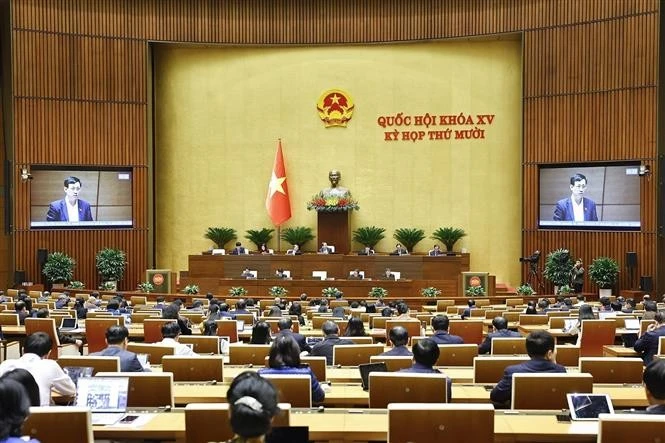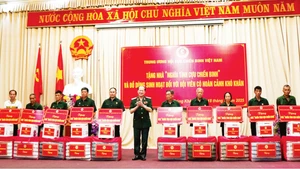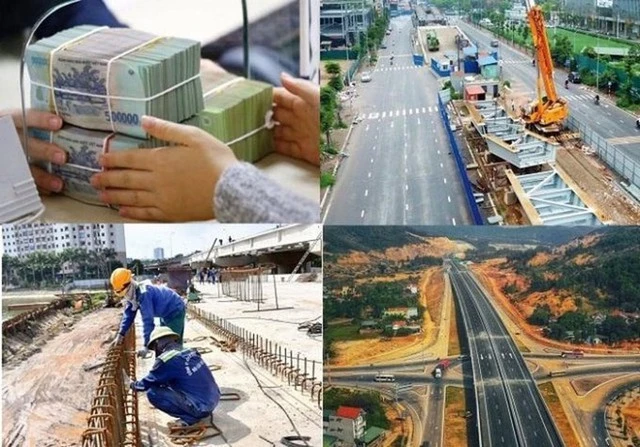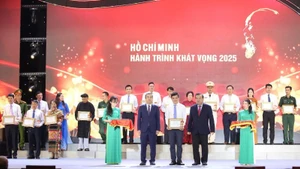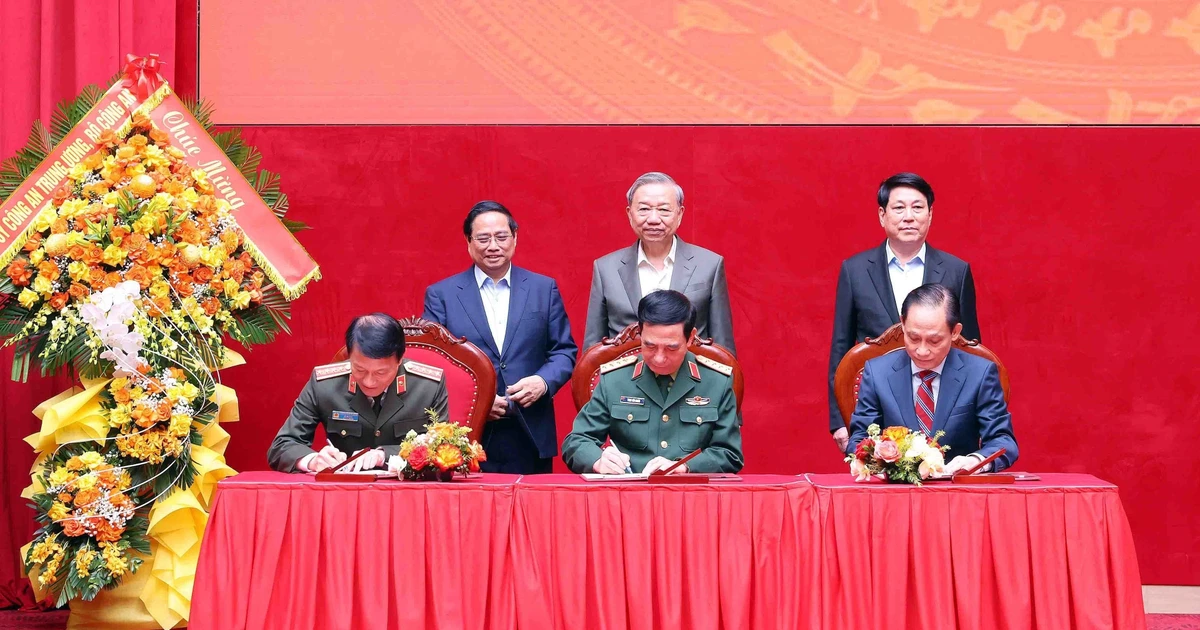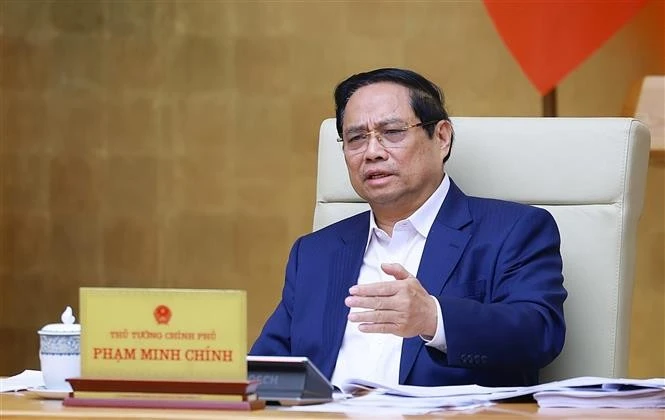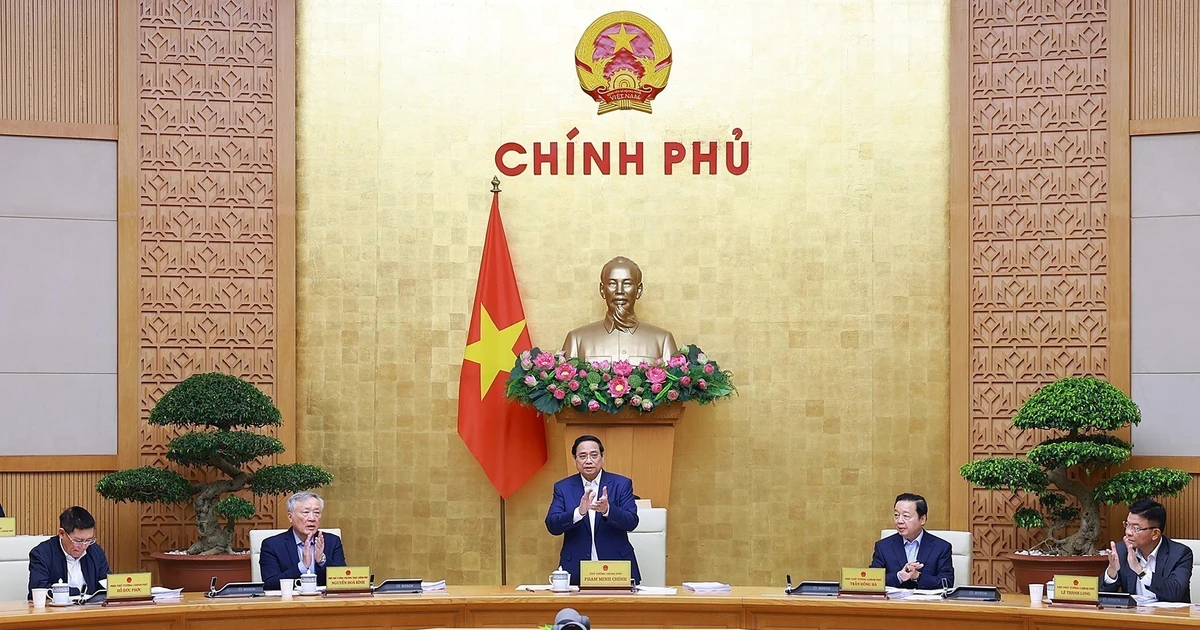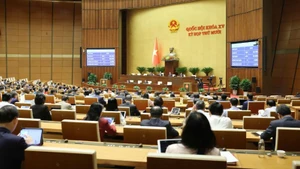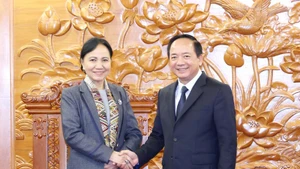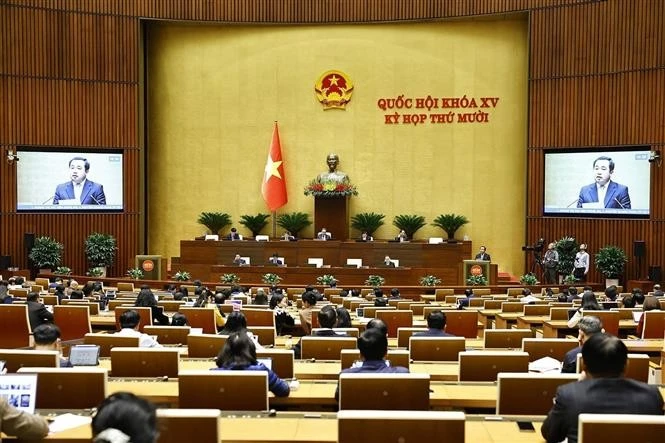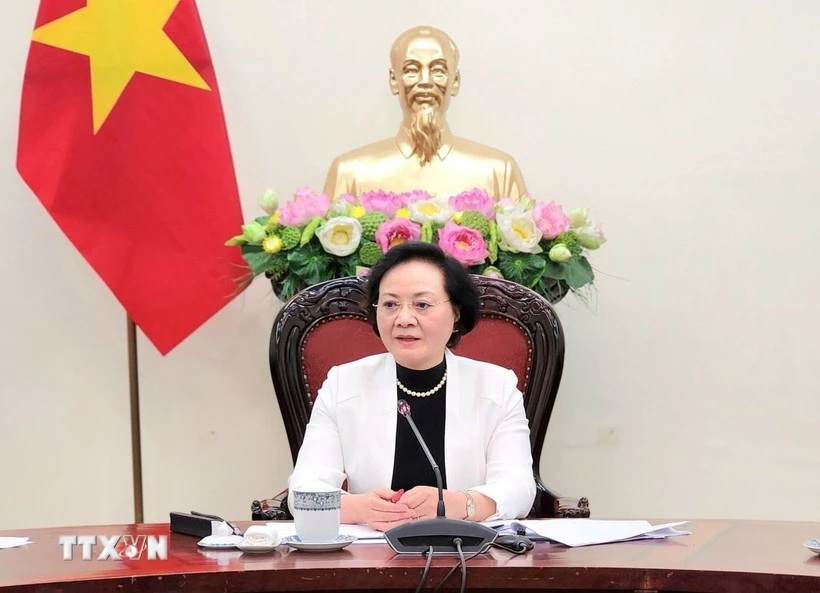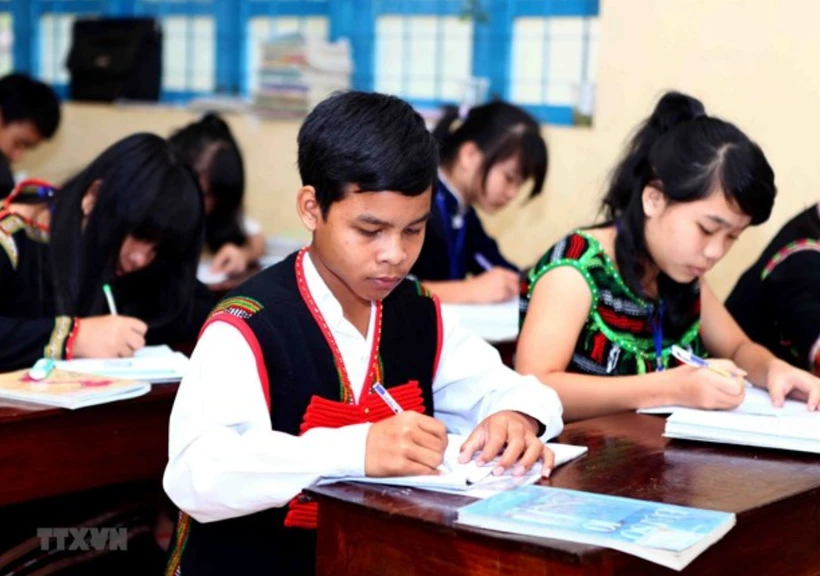The opening speech stated that the congress focused on building socialism in the North and struggling for peace and national reunification.
The congress identified that during this period, the Vietnamese revolution had two strategic tasks: to carry out the socialist revolution in the North and to liberate the South from the domination of US imperialism and its henchmen, thereby achieving national reunification and completing independence and democracy throughout the country. These two strategic tasks were closely related and mutually reinforced each other.
Based on the overall assessment of the North’s general guideline during the transition to socialism, and the supplementary report on ‘Tasks and Directions of the First Five-Year National Economic Development Plan (1961-1965)’, the congress determined that the focus must shift to building socialism, implementing the first step of socialist industrialisation, and initially establishing the physical and technical foundations of socialism, while completing the socialist transformation, thus turning the North’s economy into a socialist economy.
The congress adopted the amended Party Charter; resolutions on the tasks and guideline of the Party in the new period; a resolution on the date of Party’s establishment; and the appeal of the Third National Congress of the Viet Nam Workers’ Party.
The congress elected a central committee comprising 47 official and 31 alternate members. The Party Central Committee held its first plenary session and elected the Politburo with 11 official members and two alternates.
President Ho Chi Minh was re-elected President of the Party Central Committee.
Comrade Le Duan was elected First Secretary of the Party Central Committee.
(Compiled from: Complete Collection of Party Documents; Chronological History of the Communist Party of Viet Nam; tulieuvankien.dangcongsan.vn)
GENERAL CONTEXT
July 21, 1954: The Geneva Accords were signed, peace was restored in Indochina, and the country was temporarily divided into two regions.
1954-1960: The North was completely liberated and transitioned to building socialism. The South fought against the US and its regime of henchman Ngo Dinh Diem.
September 5-10, 1960: Third National Party Congress in Ha Noi defined the two strategic tasks of Viet Nam’s revolution
1961-1965: The first Five-Year Plan for national economic development was implemented, focusing on socialist industrialisation.
DOMESTIC SITUATION
In Viet Nam, the Dien Bien Phu Victory ended the colonial war with the French. The Geneva Accords (July 21, 1954) restored peace in Indochina. The country was temporarily divided into two regions.
The North was fully liberated, entering the stage of the socialist revolution and becoming a solid base for the struggle to reunify the country.
The Five-Year Plan (1961-1965) prioritised heavy industry while developing agriculture comprehensively, completing the socialist transformation, and raising the educational level of the people.
In the South, the people fiercely fought against the US imperialists and their puppet forces.
INTERNATIONAL SITUATION
The world socialist system led by the Soviet Union grew significantly in strength and influence in international relations and played a decisive role in maintaining global peace and security, which created new favourable conditions for revolutionary movements worldwide.
The national liberation movement: Many countries in Asia and Africa gained independence, and the colonial system of imperialism was disintegrating.
The US and the Soviet Union were engaged in an arms race, developing nuclear weapons and intercontinental ballistic missiles.
US intervention in Viet Nam: The US replaced France, intensified intervention in the South of Viet Nam, supported the Ngo Dinh Diem regime, and conspired to maintain long-term division of Viet Nam.


